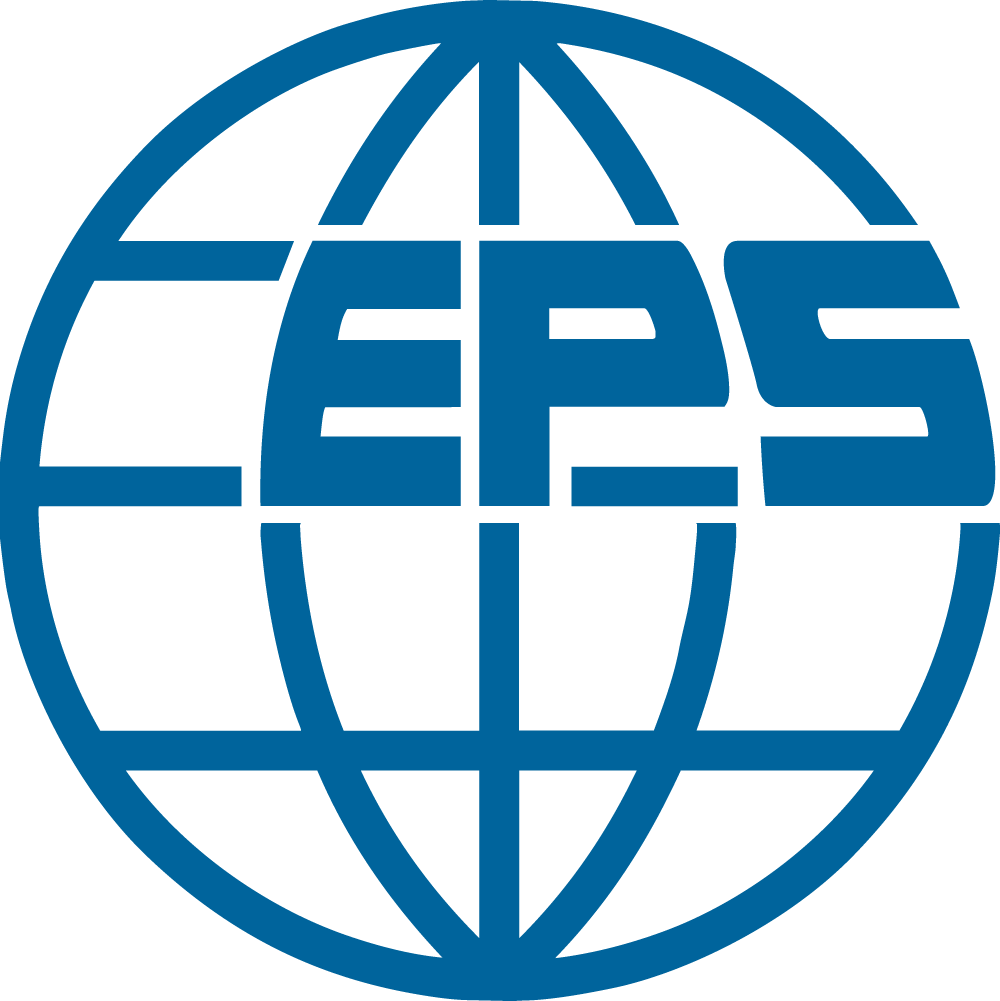 The European Physical Society has announced that the DØ and CDF collaborations will receive the 2019 High Energy and Particle Physics Prize for "the discovery of the top quark and the detailed measurement of its properties".
The European Physical Society has announced that the DØ and CDF collaborations will receive the 2019 High Energy and Particle Physics Prize for "the discovery of the top quark and the detailed measurement of its properties".
In 1973, Makoto Kobayashi and Toshihide Maskawa predicted a top and bottom quark to explain CP violation. Four years later, Leon Lederman’s team at Fermilab discovered the bottom quark. But because of the complexity required to find the massive, short-lived (5x10-25 second) top quark, nearly two decades ensued before its confirmation at Fermilab’s Tevatron proton-antiproton collider, home to both DØ and CDF. The Tevatron was the world’s most powerful accelerator before the Large Hadron Collider at CERN opened in 2009.
UMD physicists played important roles in the top quark discovery. In the DØ collaboration, Nick Hadley was co-convenor of the Top Group at the time of detection. Sarah Eno’s precise measurement of the decay width and mass of the electroweak W boson helped predict the mass of the top quark. Drew Baden devised an analysis technique, called HT, which allowed the experiment to separate the top quark signal for the much more numerous background events. Before coming to Maryland, Greg Sullivan was physics co-convener of the dilepton group for the CDF collaboration, and Kara Hoffman was also a member of the CDF collaboration.
“The top quark remains one of nature’s most interesting particles. It has the mass of a gold atom, but behaves like an elementary particle with a volume at least a billion times smaller than a proton,” said Hadley.
The EPS prize will be formally awarded at the EPS Conference on July 15 in Ghent.